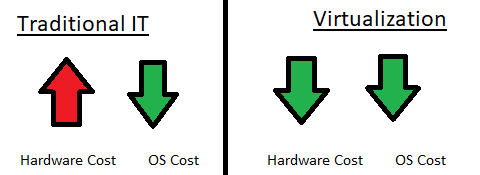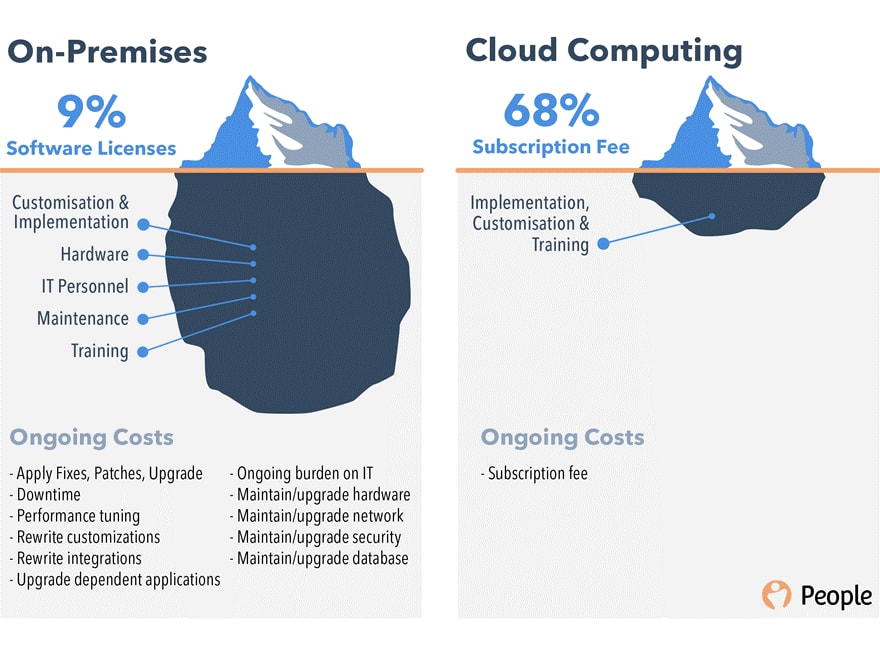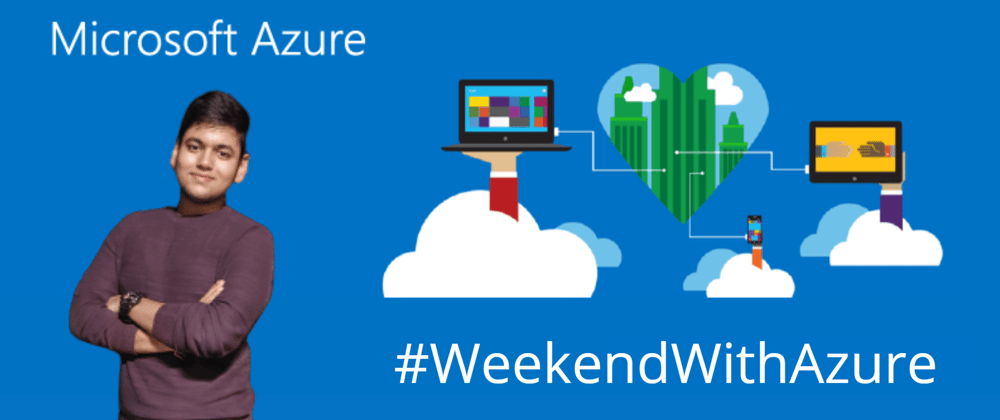Those who have not read my previous blog, my name is Mayank and I have started a learning streak, #WeekendwithAzure In this I'll be posting my learning in azure every weekend
This is my contribution to help students in my community. Hope you'll find my efforts useful.
If you like it please add a comment of appreciation
or
Please do add tips for improvement in the comment section below, would be really helpful
Getting Started!
Before taking our first step in the world of cloud and Azure, we should get familiar with the 7 basic terms that every cloud engineers uses and knows about.
7 Basic Terms:
- Network Operating System
- Client Operating System
- Traditional IT
- Virtualization
- On-Premise Computing
- Cloud Computing
- On-Demand-Service and Pay-As-You-Go
Question to Client will be referred to as 'QTC'.
Network Operating System
A Network Operating System (NOS) is a computer operating system (OS) that is designed primarily to support workstations, personal computers and, in some instances, older terminals that are connected on a local area network (LAN). The software behind a NOS allows multiple devices within a network to communicate and share resources with each other.
QTC: What are the Operating Systems running in your user's environment?
There are two types of Operating systems:
- Window OS = Window server 2008 R2, Server 2012, Server 2016, Server 2019
- Linux OS = Redhat Linux and Suse Linux
Application:
*Web Server *Database *Software Testing App *Backup *SAP HANA *Gaming App *Domain Controller *Mail Server
Example:
In the ICICI bank website whatever we do is not on our laptop, but there on the bank's server.

Client Operating System
The Client Operating System is the system that works within computer desktops and various portable devices. This system is different from centralized servers because it only supports a single user ... The client operating system is the operating system for computer desktops or portable devices.
QTC: What are the Operating Systems running in your user's workstation?
There are two types of Operating systems:
- Window OS = Window 7,8,10,11
- Linux OS = Ubuntu and centos
To understand the gist of NOS and COS we can take the example of you going to a restaurant and placing order, now the waiter here is an example of server, NOS, and you are the clients, COS
Waiter will always provide you the dish that you asked him, which is of your taste or which will be accepted by you
Traditional IT
In order to use Traditional IT, we require a lot of hardware and space to keep the servers as every company is supposed to have its own Data center.
Just to give an idea, when we talk about servers for a company, there are almost 5000 servers required for big companies and around 100 servers for small organizations. Some are:
- Domain Controller
- Mail Server
- Database Server
- Tally Server
- File Server
- Web Server
and many others as per the requirement of the organization.

In order to handle these servers you will have to hire engineers. Thus, the cost increases.
You will have to arrange a place to setup these data centers and thus, space requirement increases.
Every server requires a high potential professional processor i.e. Xeon Processor, which costs about Rs.5 lakhs.(It varies as per configuration)

You'll have to take care of 24*7 electricity supply and a clean environment for the application to run smoothly.
You will also have to set-up a Secondary Data center. If in case some disaster happens with the primary data center, you'll transfer the load to secondary data center in order to keep the application running uninterrupted, and this will directly double the cost as the Secondary Data center will require the same hardware as the Primary Data Center.
Now what if ? Secondary Data Center also fails? Let me take an example to explain this
Suppose your Primary Data Center is setup at Noida and Secondary Data Center in Pune
- Case 1 If some Disaster happens in Noida, we can transfer the load to Pune.
- Case 2 What if some disaster happens for complete India? now what? Now your app gets crashed and your clients outside India and even inside India are not able to use the application which can lead to huge losses and a feeling of distrust among users.
We'll see how cloud computing solves this issue efficiently
Virtualization
There are two main Virtualization Software:
- Microsoft-Hyper-V
- VM Ware-ESXI or VM Ware Workstation
Virtualization is the process of running a virtual instance of a computer system in a layer abstracted from the actual hardware.

In simple words, it is the projection of the data from all the servers at one desktop. Single desktop is connected to all the servers.

On-Premise Computing
On-premises software is located and operated within a user’s datacenter. As such, it uses the user’s computing hardware rather than that of a cloud provider.
It is like the physical hardware that will get delivered to your home.
For example:
*Laptop *Desktop *Mouse *Keyboard *Server *Rack *Printer *LAN Cable

Cloud Computing
It is the delivery of computing services - servers, storage, databases, networking, software analytics and moreover the internet.
On-Demand Service & Pay As You Go
These are the services that have made cloud Computing very popular. As we have discussed in traditional IT, it is very expensive to buy the server, set-up a data center, and hire engineers and that too, at an initial stage where you don't know whether your application will be a hit or not.
What if, you could rent a data center? By doing this you neither have to pay for the hardware nor have to hire engineers and you'll have a lot of space now which you can use for other things.
This is what big companies like Microsoft, Amazon, IBM and many others are doing.
In this you'll tell them about the hardware you require for your application and they'll build that for you in their data center and you will just have to pay the rent for the data center.
How cool is that!!
One more interesting thing is, you just have to pay for the services you use and when you use. For example:
If your working hours are 9:00 A.M. to 7:00 P.M. out of 24hr day so you have to pay for the hours you use the virtual machine.
For 9:00 A.M. to 7:00 P.M. i.e. 10 hours for 30days the amount is Rs 4,704.15.

And for the whole month with the same configuration it comes out to be Rs.11,446.75

To calculate the price, we use pricing calculator-
https://azure.microsoft.com/en-us/pricing/calculator/
Thus, we can clearly see that this process is very cost affective and with such big companies like Microsoft, Amazon, etc., security is also provided so you don't have to be worried about your data getting leaked.
That is all for this week,
We have covered the following basic terms in detail:
- Network Operating System
- Client Operating System
- Traditional IT
- Virtualization
- On-Premise Computing
- Cloud Computing
- On-Demand-Service and Pay-as-you-go
One should know these before getting into cloud.
Next Week
We'll be discussing-
- Difference between Cloud Computing and Traditional IT
- Cloud Models
- Resource Group and it's Creation (first lab activity)
- IP Addressing in Azure
Hope you liked my efforts.
You can connect with me at
Github - https://github.com/mayank-cse
Linkedin - https://www.linkedin.com/in/mayank-gupta-478640200/
Twitter - https://twitter.com/MayankGuptacse1
In case you have any doubts, please feel free to ask in the comment section.








Top comments (0)